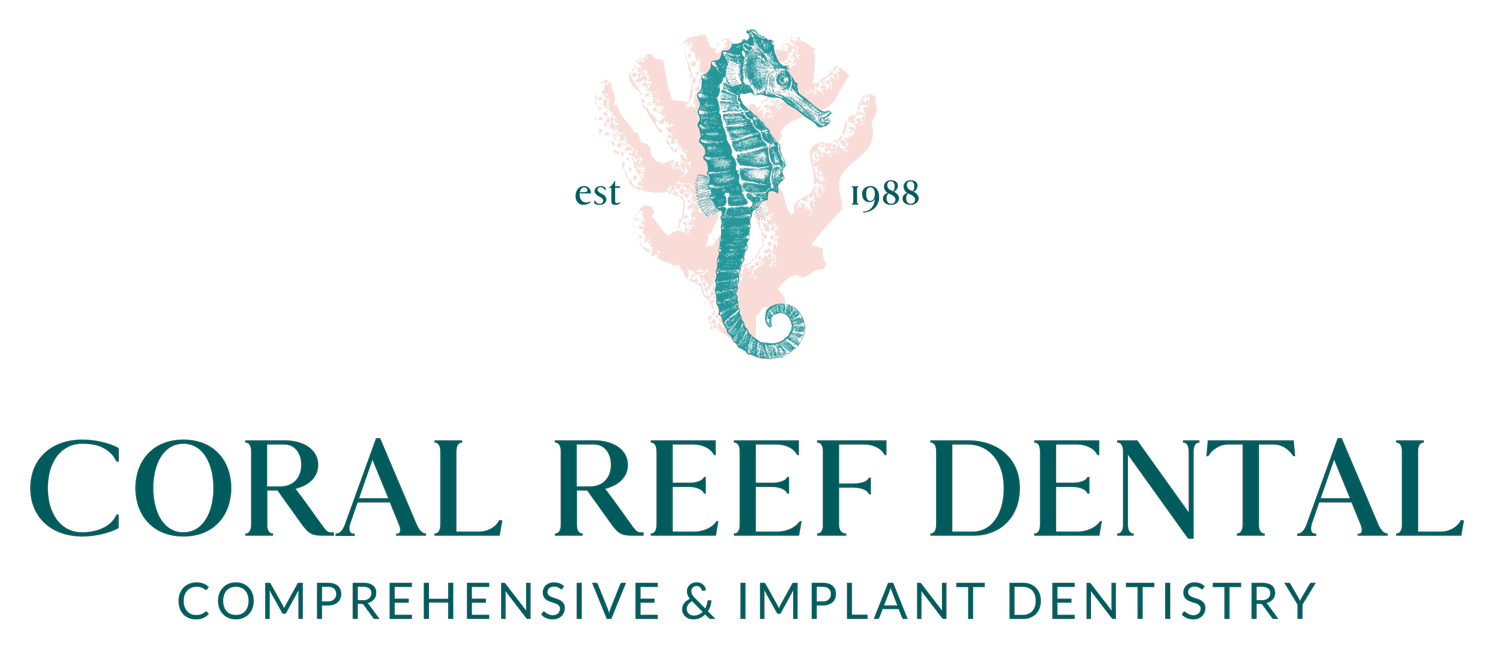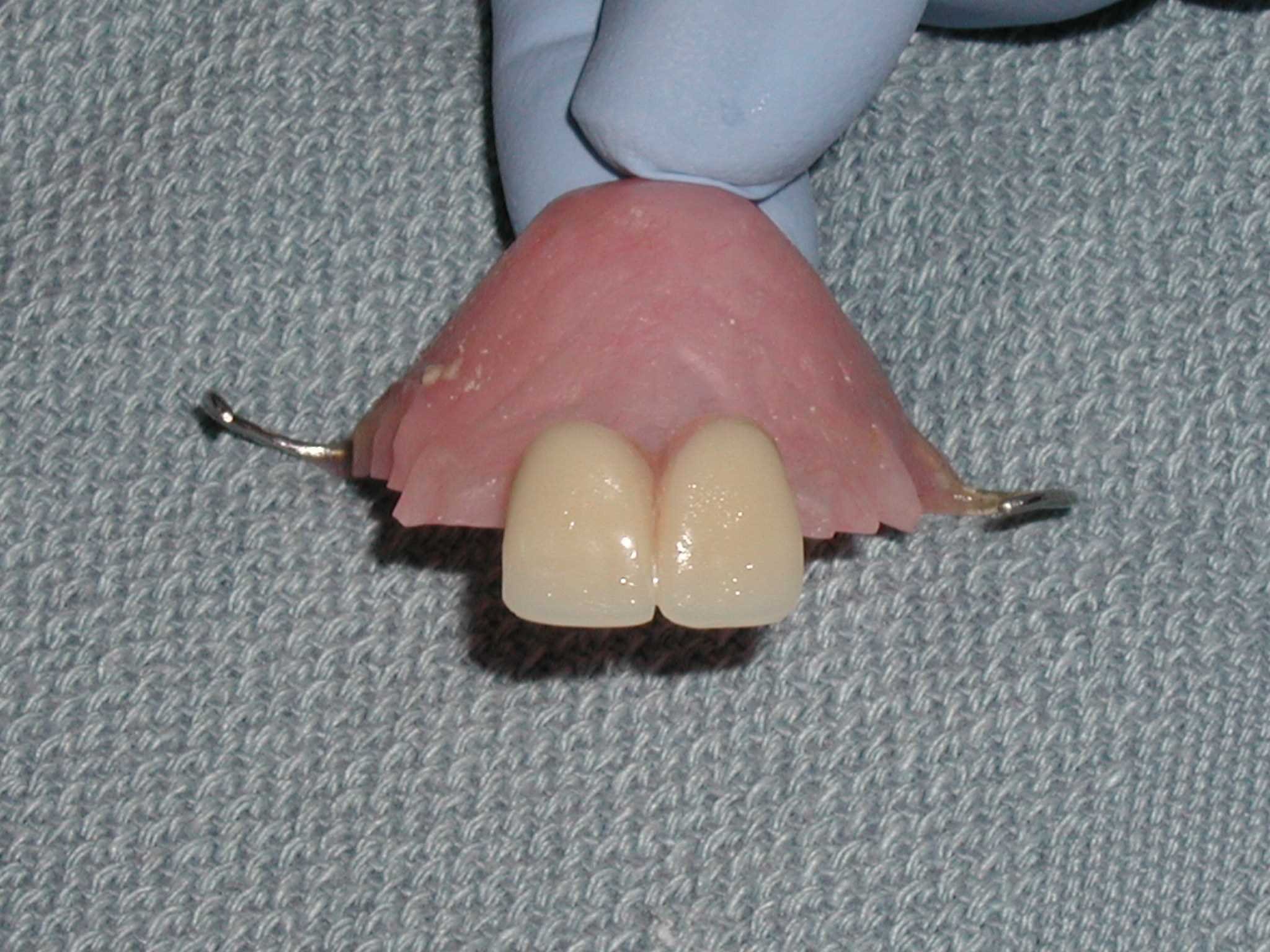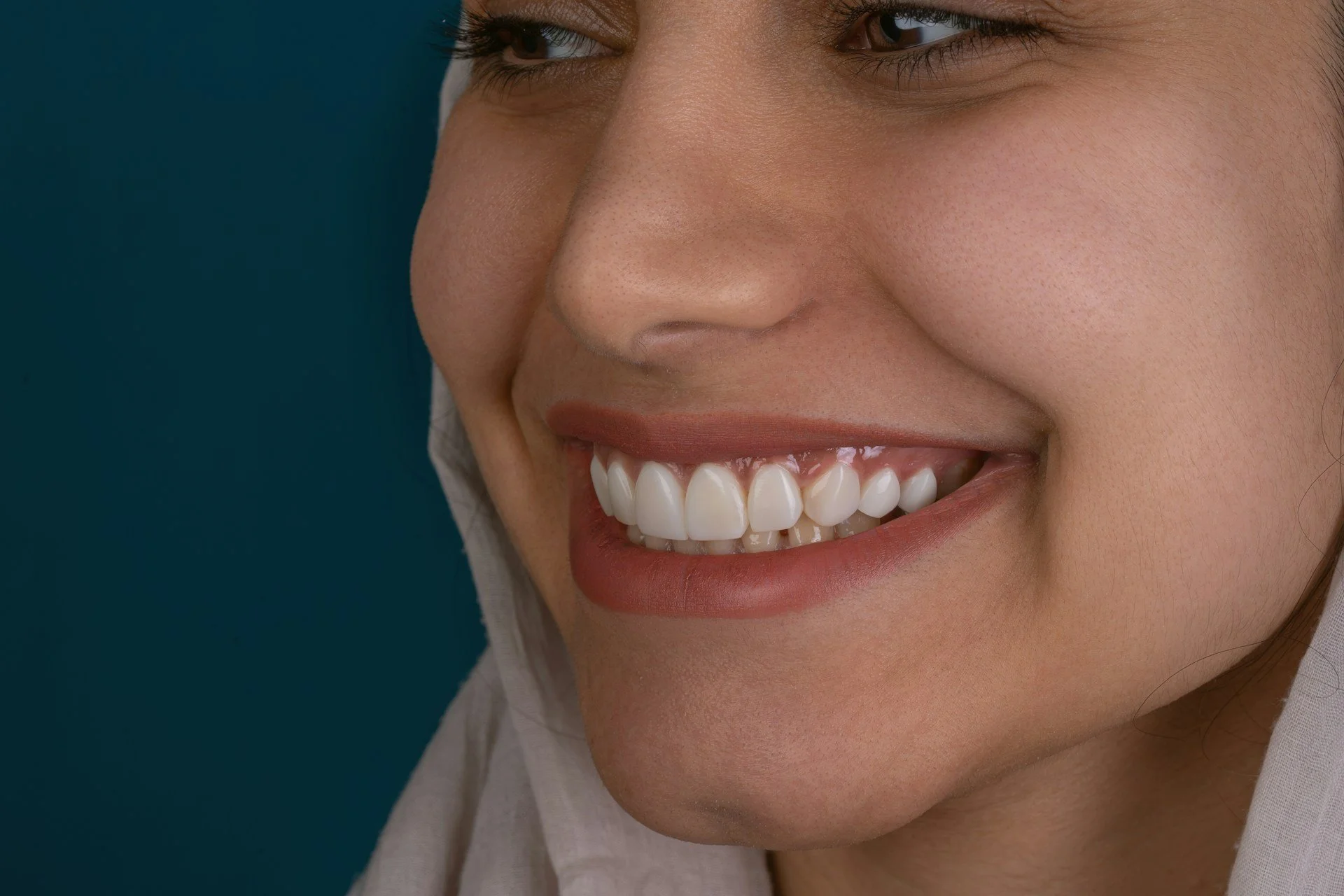What Is a Flipper Tooth?
After an extraction, most people want to replace the missing tooth right away, especially if it’s a front tooth. However, permanent solutions can take time to create, so your dentist may give you a dental flipper to serve as a temporary fix while you wait for an implant or bridge. Join us to learn what a flipper tooth is and what to expect when using one.
What is a dental flipper?
A dental flipper is a removable prosthetic device that offers a short-term solution to one or two missing teeth. Here’s a quick overview:
Does a flipper tooth work like a retainer?
While a flipper tooth looks similar to a retainer, they serve different purposes. A flipper tooth is a cosmetic device that serves as a replacement for a missing tooth. It sits against the lower jaw or the roof of the mouth and clasps onto the surrounding teeth for support.
On the other hand, a retainer’s job is to prevent shifting teeth. This device may clamp onto the rear molars or rely on a wire attached along the entire tooth line.
Are there alternatives to a flipper tooth?
Absolutely! Dental bridges and implants are permanent alternatives to a flipper tooth. Other temporary options include flexible partial dentures and traditional cast metal partials. If you’re unsure whether a flipper tooth is the right choice after tooth loss, consult with your dentist to weigh your options.
Is a flipper tooth the same as a partial denture?
You can think of a flipper tooth as a type of partial denture that’s only used temporarily. Partial dentures, or “partials,” are made from sturdier materials and designed for long-term use.
Related reading: Dental Flipper vs Partial Denture
What should you expect when getting a flipper tooth?
Adjusting to life with an artificial tooth can feel daunting, but knowing what to expect can help you feel more confident about receiving a dental flipper. Here are some considerations:
How much does a flipper tooth cost?
A dental flipper is typically the most cost-effective option for replacing a missing tooth, but the price will vary based on your location and dental insurance. On average, you can expect to pay between $300 and $800 per flipper tooth before insurance benefits. Flippers replacing multiple teeth will cost more.
Can you eat with a flipper tooth?
Yes, but you need to take precautions to avoid damage or breakage. Start with soft foods, chewing slowly and evenly on both sides of your mouth. Stay away from hard, sticky, or crunchy foods that may crack the acrylic structure.
Can you sleep with a flipper tooth?
Sleeping with a flipper tooth is not recommended, as it can adversely affect your oral health. This habit can irritate your gums, introduce harmful bacteria, and increase the risk of fungal infections and breakage. Your dentist may suggest wearing your flipper around the clock for the first 24 hours, but nightly removal is ideal beyond this initial placement period.
How do you care for a dental flipper?
To extend the lifespan of your flipper tooth and support optimal oral health, adhere to the following care instructions:
Clean the flipper tooth daily using a soft toothbrush and denture cleaner or mild soap.
Rinse after every meal.
Soak overnight in cool water or denture solution to prevent warping.
Avoid hot water, which can distort the plastic.
Handle gently, as lightweight flippers may easily crack or break upon impact.
Related reading: How To Care for Dentures
What are the pros and cons of a flipper tooth?
Still wondering what a flipper tooth brings to the table? Here are a few advantages and disadvantages to consider:
Benefits of dental flippers
Cost-effective: A dental flipper is an affordable solution to temporarily restore your smile.
Quick to make: Unlike permanent solutions, a flipper tooth may be ready within a couple of days of your dentist taking impressions.
Improves appearance: This option provides a natural-looking replacement for visible front teeth and may keep neighboring teeth from shifting.
Non-invasive: A flipper tooth doesn’t require invasive dental implant surgery.
Lightweight and removable: Easy to remove for cleaning, and doesn’t permanently alter your surrounding teeth.
Drawbacks of dental flippers
Not very durable: Acrylic flippers are prone to breakage and cracking. They can also become discolored over time.
May be uncomfortable: Can irritate gums, cause sore spots, or feel awkward as you adjust to a prosthetic.
Required daily maintenance: Must be cleaned each day and soaked overnight.
Limited functionality: Flippers may be unable to handle hard, chewy, or sticky foods, and can sometimes affect speech as patients acclimate. Also, patients with significant gum disease or gum recession may not have the underlying structure to support a flipper.
Related: Alternatives to Dentures: What Are Your Options?
Discuss your denture options with the team at Coral Reef Dental!
A broken tooth, advanced decay, and other oral health concerns may necessitate an extraction, leaving you with a noticeable gap affecting your confidence and ability to chew. A dental flipper can be a great temporary solution as you wait for a permanent bridge or implant.
Want to learn more about your options? Give us a call or visit us at Coral Reef Dental and let us restore your smile!



